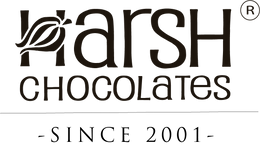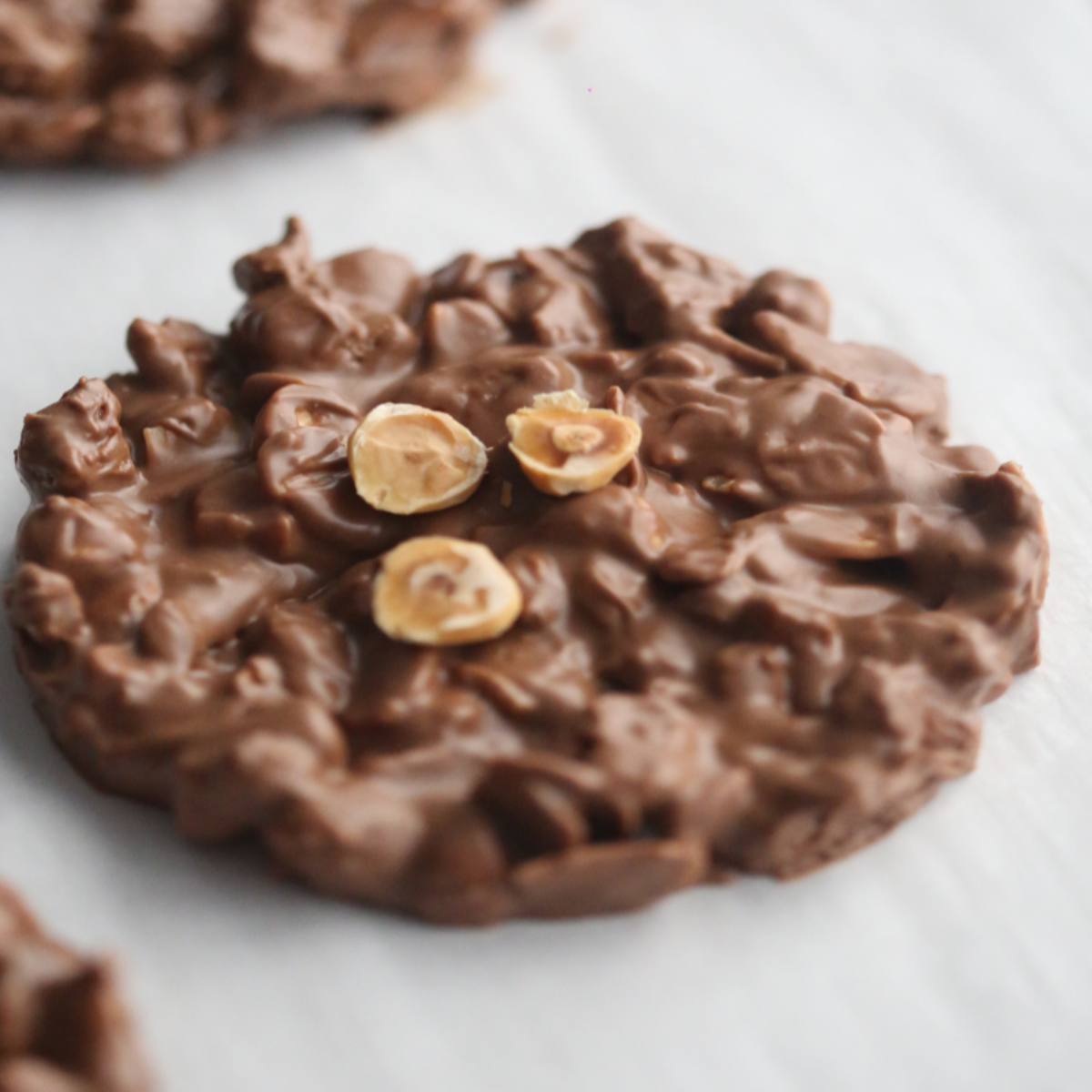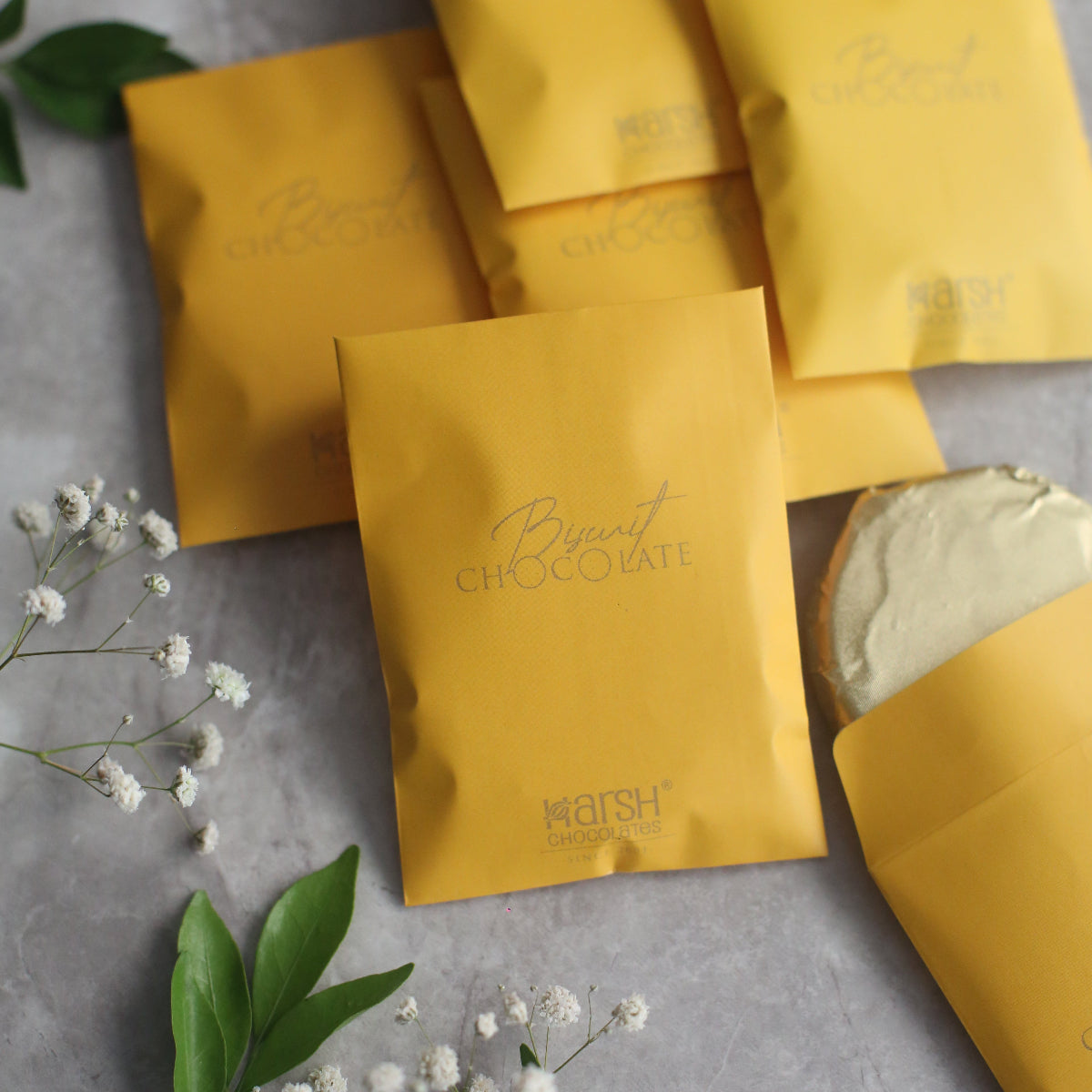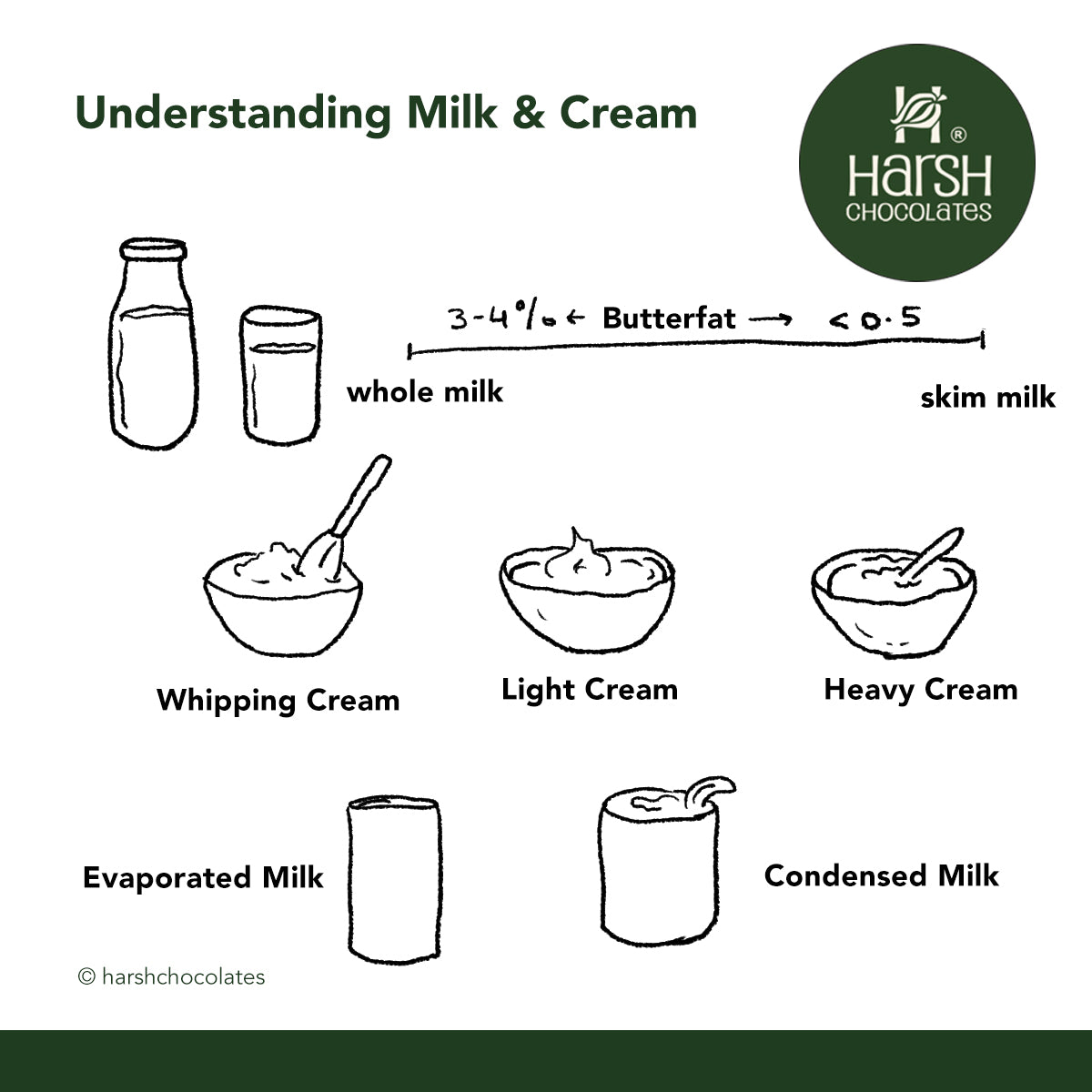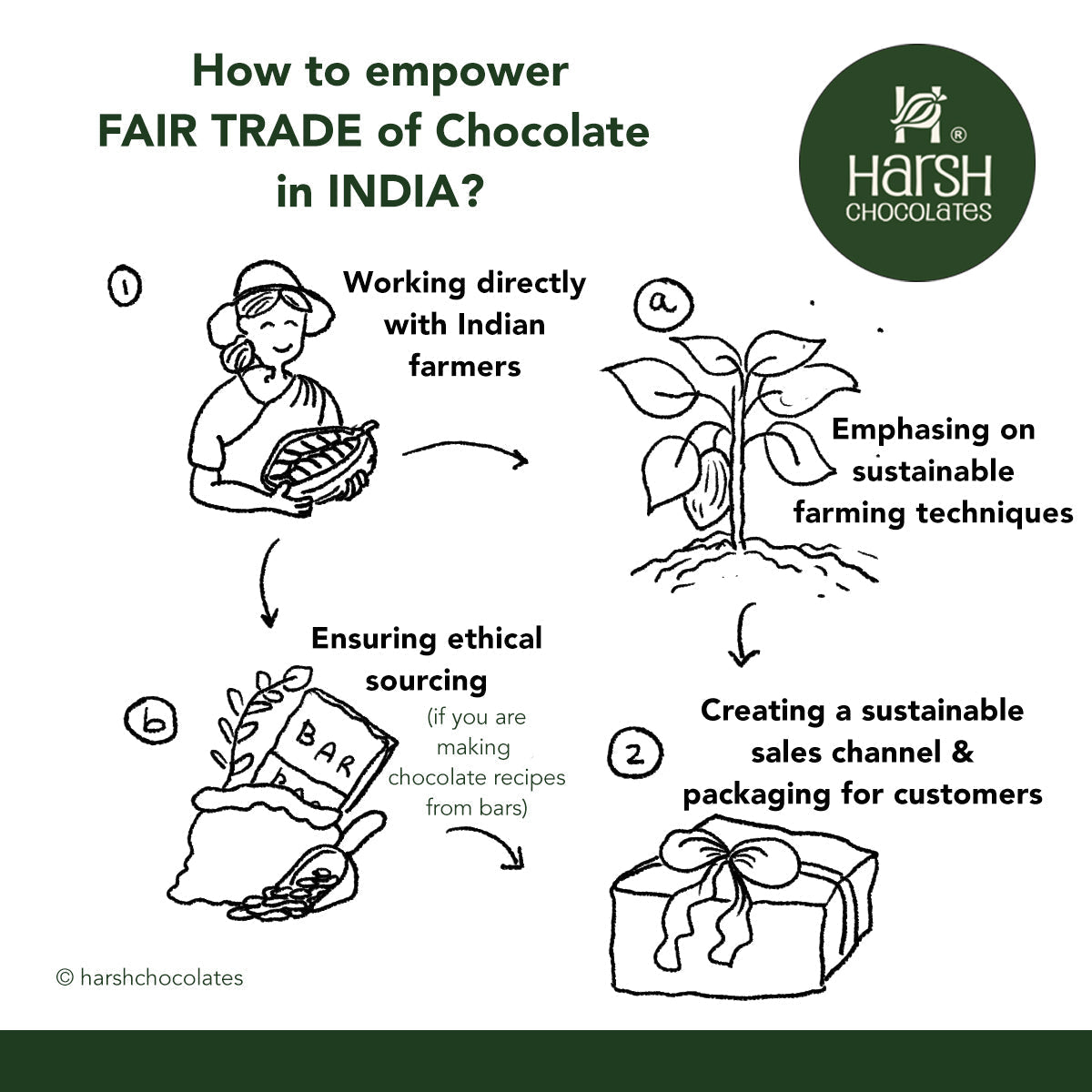From Bean to Bar: How India’s Chocolate Market is Evolving
India’s chocolate industry has been growing at an impressive pace, but it’s still far from reaching its full potential. While milk chocolate has traditionally dominated the market, a new favorite is emerging—dark chocolate.
With increasing health awareness, premiumization, and evolving consumer preferences, the demand for dark chocolate in India is on the rise. Let’s take a closer look at the factors driving this shift.
India’s Chocolate Market: An Overview
Despite being a large consumer market, India’s per capita chocolate consumption remains relatively low—between 100g to 200g per person. Compare that to Japan, Asia’s biggest chocolate consumer, at 2kg per person, or Europe, where people consume 5kg to 9kg per person annually!
However, India is one of the fastest-growing markets for chocolate, with plenty of room for expansion.
-
In 2019, the Indian chocolate market was valued at $1.68 billion and was projected to grow at a 16% CAGR.
-
The premium and super-premium chocolate segment accounts for only 11% of the total market, but its growth rate is significantly higher than mass-market chocolates.
-
Indian chocolate market value is expected to reach $3.3 billion by 2023.
Chocolate Consumption Trends in India
A 2019 Mintel report highlighted how chocolates are becoming an integral part of Indian consumers' lives:
✔ 58% of Indians had consumed chocolate in the past three months.
✔ 21% said they eat chocolate daily.
✔ 61% identified as frequent consumers.
What’s Driving Growth in India’s Chocolate Industry?
Several factors are fueling the growth of chocolate consumption in India:
- Rising Disposable Incomes: With an increase in per capita income, Indian consumers now have more spending power, allowing them to indulge in premium chocolate products.
- Shift from Occasional Treat to Everyday Snack: Earlier, chocolates were mostly consumed during festivals and special occasions. Today, they are a go-to snack for many Indians.
- Influence of Younger Consumers: A younger, urbanized population is driving demand for chocolates, particularly premium and dark chocolates.
- Changing Lifestyles & Western Influence: The globalization of food habits and exposure to international brands have increased India’s appetite for gourmet chocolates.
Consumer Trends Shaping the Future of Chocolates in India
- International Exposure – Indians travelling abroad bring back premium chocolates, increasing awareness and preference for high-quality products.
- Premiumization & Dark Chocolate Growth – Consumers are now willing to pay more for better quality, leading to a surge in organic, vegan, sugar-free, and gluten-free chocolates.
- Chocolates as Gifts – More people now buy chocolates for festivals, weddings, and corporate gifting, driving sales.
- Mindful Eating & Smaller Portions – As health awareness grows, individually wrapped chocolates and bite-sized portions are gaining popularity. Between 2017 and 2019, the launch of individually wrapped chocolates in India increased by 50.4% (Mintel).
The Rise of Dark Chocolate in India
While India has traditionally been a milk chocolate market, dark chocolate is carving out its own space. Currently, it accounts for 9% of the total chocolate market, but this number is growing fast.
Why is Dark Chocolate Gaining Popularity?
-
Lower Sugar Content – With increasing awareness of the health risks of high sugar intake, many consumers are shifting to dark chocolate as a healthier alternative.
-
Health Benefits – Dark chocolate, rich in antioxidants and flavonoids, has been linked to lower blood pressure and reduced risk of heart disease.
-
Premium & Imported Brands – The availability of Hershey’s, Lindt, Amul, Cadbury, and Toblerone has increased market penetration for dark chocolates in India.
How Are Brands Responding?
With demand soaring, both international and homegrown brands are introducing high-cocoa, premium dark chocolate variants.
-
Cadbury tried entering the "healthy chocolate" space with Cadbury Dairy Milk 30% Less Sugar, but the product didn’t meet consumer expectations. However, they are likely to refine and relaunch a better-tasting version.
-
Amul, one of India’s leading chocolate brands, has been pioneering dark chocolate for decades. They initially launched Bitter Chocolate in the 1980s and later introduced a range of single-origin chocolates with cocoa from Venezuela, Peru, and Tanzania.
-
Consumers are also favoring chocolates with premium ingredients like dried fruits, blueberries, and cranberries, which are commonly used in dark chocolate formulations.
Final Thoughts: What’s Next for Dark Chocolate in India?
As health-conscious consumers continue to shape the market, dark chocolate’s share is expected to grow further. The trend of organic ingredients, natural sweeteners, and artisanal chocolates is pushing manufacturers to innovate. While milk chocolates will always have a place in India, dark chocolates are no longer just a niche product—they’re becoming a mainstream indulgence.
So, are you ready to embrace the dark side?
